Efficient and powerful languages are required to ensure project success in the modern software development scene. Golang, or Go as it’s commonly known, has emerged as a prominent choice due to its highly regarded simplicity, robust concurrency features, and exceptional performance.
This versatility makes Go a core technology for a wide range of applications. This article will take a deep dive into the practical applications of Golang, highlighting the reasons for its burgeoning popularity in the tech industry.
 Golang stands out from the crowd with a compelling trio of features:
Golang stands out from the crowd with a compelling trio of features:
 Golang has carved out a unique niche in the ever-evolving realm of programming languages. Its focus on simplicity, exceptional performance, and robust concurrency features make it a compelling choice for a wide range of applications. Whether you’re a seasoned developer looking to streamline workflows and optimize resource utilization, or a budding programmer venturing into new territory and eager to grasp a language known for its readability and ease of use, Golang offers a powerful toolkit to fuel your creativity and empower your projects. With an active and supportive community that encourages continuous learning and exploration, Golang promises to remain a relevant force in the technology landscape for years to come.
The decision to learn a new language can feel daunting, but Golang offers a wealth of resources to make the transition smooth and rewarding. Here are a few suggestions to get you started on your Golang:
Golang has carved out a unique niche in the ever-evolving realm of programming languages. Its focus on simplicity, exceptional performance, and robust concurrency features make it a compelling choice for a wide range of applications. Whether you’re a seasoned developer looking to streamline workflows and optimize resource utilization, or a budding programmer venturing into new territory and eager to grasp a language known for its readability and ease of use, Golang offers a powerful toolkit to fuel your creativity and empower your projects. With an active and supportive community that encourages continuous learning and exploration, Golang promises to remain a relevant force in the technology landscape for years to come.
The decision to learn a new language can feel daunting, but Golang offers a wealth of resources to make the transition smooth and rewarding. Here are a few suggestions to get you started on your Golang:
What is Golang?
Golang, or simply Go, goes beyond the Google-created “open source programming language” label. It embodies a distinct philosophy-a dedication to empowering developers by providing robust tools that prioritize clarity and ease of use. This commitment to the developer experience shines through in Go’s design. Unlike languages that can become cumbersome when building large-scale systems, Go tackles complexity head-on, allowing developers to build complex applications with clean, efficient code. This focus on simplicity doesn’t come at the expense of performance. Go boasts impressive performance and robust concurrency features, making it ideal for applications that demand high responsiveness and the ability to handle multiple tasks simultaneously. This harmonious blend of developer-friendly syntax, exceptional performance, and powerful features has propelled Go to the forefront of modern programming languages, attracting seasoned veterans and enthusiastic newcomers alike.Golang adoption
Born out of Google’s need to address the challenges of managing large-scale systems, Golang was officially released to the public in 2009. Since then, it has seen widespread adoption across multiple industries and projects. Notable contributions from pioneers such as Robert Griesemer and Rob Pike have driven Golang’s evolution, making it a cornerstone of modern software development.Golang’s key features
 Golang stands out from the crowd with a compelling trio of features:
Golang stands out from the crowd with a compelling trio of features:
- Type safety with static typing: Golang enforces type declarations at compile time. This means that you explicitly define the data type of each variable up front. This may seem like a small detail, but it has a significant impact. Static typing increases code reliability and readability by catching potential errors early, before your program even runs. Think of it as building with pre-labeled bricks-you’re far less likely to accidentally use the wrong piece.
- Hassle-free memory management with garbage collection: Golang takes the memory management out of your hands with automatic garbage collection. This frees you from the burden of manually allocating and freeing memory, a common source of bugs and crashes in other languages. With garbage collection, Golang handles memory cleanup efficiently, ensuring that your applications run smoothly and avoiding memory leaks that can cripple performance.
- Master complexity with concurrency: One of Golang’s crowning achievements is its exceptional support for concurrent programming. Golang introduces lightweight threads called goroutines, which act like mini-processes. These goroutines work in concert with channels, a mechanism for communication and synchronization, allowing you to build highly responsive and scalable applications. This makes Go perfect for scenarios where multiple tasks need to be handled simultaneously, such as building web servers or processing large datasets.
Exploring Common Uses of Golang
Golang’s versatility spans a surprisingly wide range of development domains, making it a favorite among developers for a variety of reasons. Let’s delve into some of the key areas where Golang truly excels:Web Development Powerhouse
Golang’s secret weapon for web development is its exceptional concurrency support and robust built-in HTTP library. These features enable developers to build responsive and high-performance web applications that can handle massive traffic spikes with ease. Industry titans like Google, Netflix, and SoundCloud leverage Golang’s capabilities for their web infrastructure, proving its ability to handle real-world demands in a high-pressure environment.Champion of the Cloud
Golang’s efficiency and streamlined deployment process make it a perfect fit for building cloud-native applications – applications specifically designed to thrive in the cloud environment. This efficiency is especially valuable when it comes to deploying and scaling applications. Think spinning up new instances or scaling resources up or down on the fly – Golang makes this process smooth and efficient. Critical cloud infrastructure projects like Kubernetes and Docker, the building blocks of cloud systems themselves, are written in Golang. This widespread adoption speaks volumes about Golang’s suitability for the cloud landscape.Data Science with a Performance Edge
While not the traditional go-to choice like Python or R, Golang offers a compelling niche in data science for projects that require top-notch performance and the ability to process tasks simultaneously (parallelism). This makes Golang particularly well-suited for data pipelines or large-scale data processing tasks where speed is paramount. In addition, a growing ecosystem of Golang frameworks and tools enables developers to build machine learning algorithms and data analysis applications.Networking
Golang’s low-level networking capabilities make it a natural for building the invisible forces that keep your web experience running smoothly – networking tools and systems like web servers, proxies, and load balancers. These are the behind-the-scenes workhorses that silently ensure efficient data transfer and communication. Golang’s ability to efficiently handle complex networking tasks makes it a reliable choice for building the foundation of modern web applications.Microservices Architectures
Golang’s lightweight nature and lightning-fast compilation times make it ideal for building microservices architectures. These are essentially modular applications where each service performs a specific function. This modularity allows for greater flexibility and independent scaling of each service. Companies like Uber and Twitch are leveraging Golang’s performance and rapid development capabilities to power their microservices, ensuring that their applications can seamlessly adapt and grow as user demands evolve. Golang’s speed allows developers to make changes and deploy updates quickly, keeping these mission-critical applications running smoothly.Golang compared to other programming languages
Let’s explore how it stacks up against two popular languages, Python and Java, to help you decide which language might be best for your next project.Golang vs. Python
Python is widely revered for its crystal-clear syntax and gentle learning curve, making it a fantastic language for beginners or projects that prioritize rapid prototyping. Imagine sketching out the initial logic for a data analysis application – Python’s readability allows you to write scripts quickly and experiment with different approaches. But when it comes to raw processing power and handling multiple tasks simultaneously, Golang’s static typing and built-in concurrency features take over. For computationally intensive processes or applications that need to respond to a high volume of requests simultaneously, Golang’s speed and efficiency become significant advantages.Golang vs. Java
Golang’s streamlined syntax and focus on concurrency make it an attractive choice for developers who value rapid development cycles and building highly responsive applications. Its lightweight nature allows developers to move quickly from concept to implementation without getting bogged down in complex boilerplate code. This makes Golang ideal for projects where time to market is critical, or for building modern Web APIs that need to efficiently handle large numbers of concurrent requests. Java, on the other hand, has a vast and mature ecosystem of libraries and frameworks that make it a titan in the realm of enterprise-level applications. Its well-established design patterns and wealth of third-party tools provide a solid foundation for building secure and scalable systems that can evolve and adapt over time. Think mission-critical financial applications or complex e-commerce platforms-Java’s experience and extensive toolset can help you navigate the complexities of these large-scale projects.Harness Golang’s potential
 Golang has carved out a unique niche in the ever-evolving realm of programming languages. Its focus on simplicity, exceptional performance, and robust concurrency features make it a compelling choice for a wide range of applications. Whether you’re a seasoned developer looking to streamline workflows and optimize resource utilization, or a budding programmer venturing into new territory and eager to grasp a language known for its readability and ease of use, Golang offers a powerful toolkit to fuel your creativity and empower your projects. With an active and supportive community that encourages continuous learning and exploration, Golang promises to remain a relevant force in the technology landscape for years to come.
The decision to learn a new language can feel daunting, but Golang offers a wealth of resources to make the transition smooth and rewarding. Here are a few suggestions to get you started on your Golang:
Golang has carved out a unique niche in the ever-evolving realm of programming languages. Its focus on simplicity, exceptional performance, and robust concurrency features make it a compelling choice for a wide range of applications. Whether you’re a seasoned developer looking to streamline workflows and optimize resource utilization, or a budding programmer venturing into new territory and eager to grasp a language known for its readability and ease of use, Golang offers a powerful toolkit to fuel your creativity and empower your projects. With an active and supportive community that encourages continuous learning and exploration, Golang promises to remain a relevant force in the technology landscape for years to come.
The decision to learn a new language can feel daunting, but Golang offers a wealth of resources to make the transition smooth and rewarding. Here are a few suggestions to get you started on your Golang:
- Dive into the official Golang tour: The official Golang tour (https://go.dev/tour/) provides a fantastic interactive playground where you can experiment with code snippets and get a hands-on feel for the language’s syntax and core functionality.
- Explore the Golang documentation: The comprehensive Golang documentation (https://go.dev/doc/) serves as an invaluable reference guide, providing in-depth explanations of language features, libraries, and best practices.
- Engage with the Golang community: The vibrant Golang community forums (https://forum.golangbridge.org/) are a treasure trove of knowledge and support. Experienced Golang developers and enthusiasts actively participate in these forums, providing a platform to ask questions, share experiences, and learn from each other.

Rodrigo Gardin
CTO at Luby














